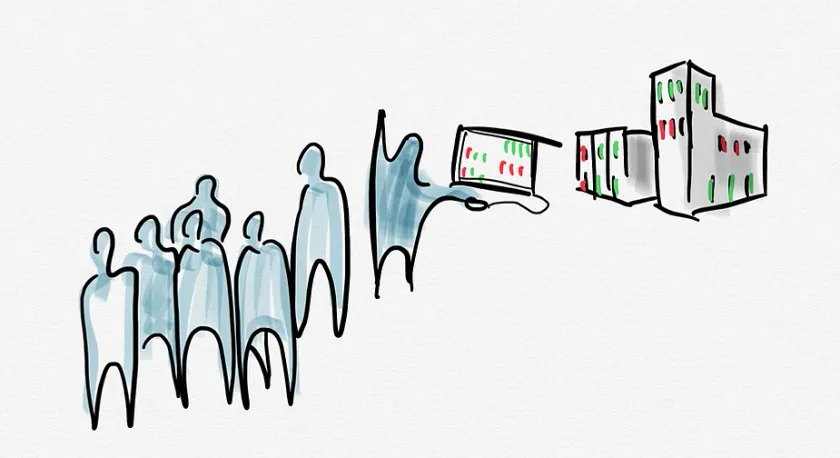The New Frontier of Real-Estate Development: Demand-Driven Design

A wild dream of many real-estate developers is to have buyers queuing up to buy a unit in the project they have just delivered to the market. This dream is unlikely to happen in reality.
What Drives People to Buy?
Many real-estate developers are used to follow their gut feeling to offer people what they really want. As such, they limit their decision making to their previous experience or that of their architect. The opposite to that in our opinion - is the demand driven design.
When talking about buying new dwellings, people make up their minds for mainly three reasons:
- they appreciate the location
- they love the architectural design
- the developer offers an excellent price point
Looking at those 3 drivers, one safely say that:
- a great price AND an outstanding design can make up for a mediocre location
- a great location AND an outstanding design can make up for a high price
…but would people queue up for “a mediocre dwelling in a great location, sold at a good price”?
The Demand-Driven Design
The Demand-driven design typically includes the following STEPS:
- Gathering end-buyer’s market information before concept design
- Testing early configurable concept designs online with the target group, gathering data about their behaviour and design choice preferences
- Designing the first Go-to-market prototype
- Gathering feedback from the market and passing it back to the product design team
- Repeat steps 3. - 4.
STEP 1: We gather info from the market via a tool for calculating the price of a prefab house (https://houseprice.creatomus.com/).
The tool, aimed at private customers, is a kind of “wizard” that allows users to quickly specify their “wishes” for a dream home and to get a price estimate. Over the course of 11 months, this wizard helped us to collect over 4000 different user generated configurations. We wanted to be able to look at this data and see which are the most popular requirements in a given country and which are the trends one can spot.
With this tool we had two primary goals:
- empower people to get an idea of the cost of building a new home, without having to go through a prefab-home manufacturer
- collect a reliable statistic of what people really want to build
There is a lot to share about the things that we learned from the collected data. We will come back to it in one of the next posts.
All we will say for now is that there are significant differences between several countries that we have analysed. We analysed the following countries:
- Norway
- United Kingdom
- Netherlands
- Estonia
- France
- Russia
- Ireland
- Germany
- Spain
- Belgium
- Italy
- Sweden
STEP 2 - STEP 5 are the topics of our next posts. These steps include complex design processes as well as BIM and online configurator technologies, and deserve an entire blog post.
“This post was written with the support of the European Union European Regional Development Fund, in the frame of the project “PuitAIT vol3 House Machine”